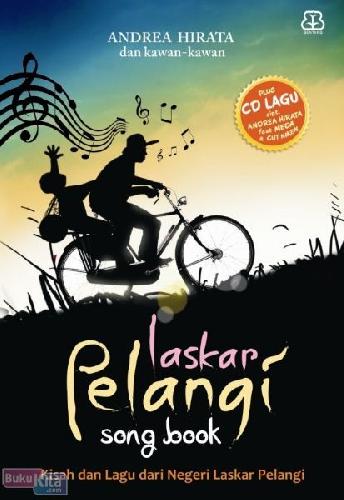

The most remarkable achievement came from these young players, especially Zulfani (Ikal) and Veris Yamarno (Mahar). It’s only about hopes and dreams, after all. Mr Harfan’s will, “giving more than receiving”, seems to affect the plot later (I think Lintang will become a teacher) but not. The sense of friendship also seemed less intense because the characters of the other students were less highlighted. While Mahar, the quirky boy is always active with his radio and Lintang is even more troubled with a crocodile (the issue of courage) than the economic problems of his family. Ikal is busy with her love interest, Aling, the Chinese girl. Mrs Muslimah repeatedly tested her dedication, especially after her senior died. Since the beginning of the film, the issue of poverty and injustice was thick but not so firmly integrated into the plot. Each of subplot, run individually, not clear where to go. But it seems this also causes the depth of the story to be relatively shallow. Quite complex indeed and each one has a relatively similar emphasis on the story.

Not to mention, social issues such as poverty and injustice to religious values. Both the teacher, Mrs Muslimah and her students (Laskar Pelangi), Ikal, Mahar, Lintang, and others experienced joy and sorrow in the struggle to achieve their dreams and hopes.Īlthough the core of the Laskar Pelangi story is simple, it touches on many universal values, such as friendship, devotion, and sacrifice.

The story centres on the struggle of the teachers and ten students of Muhammadiyah Belitung Elementary School to be able to carry out teaching and learning activities in limited circumstances. The island, which is rich in oil resources, does not guarantee that all its citizens live well. The story of the film set in Belitung Island in the late 70s.


 0 kommentar(er)
0 kommentar(er)
